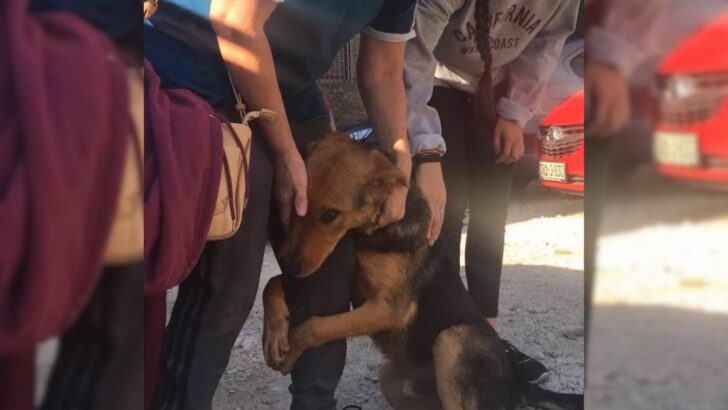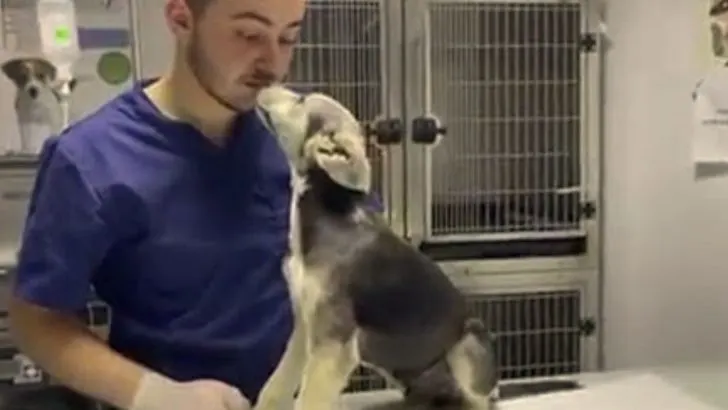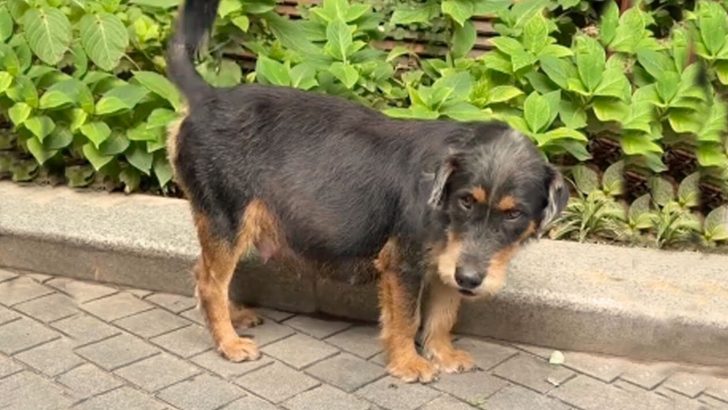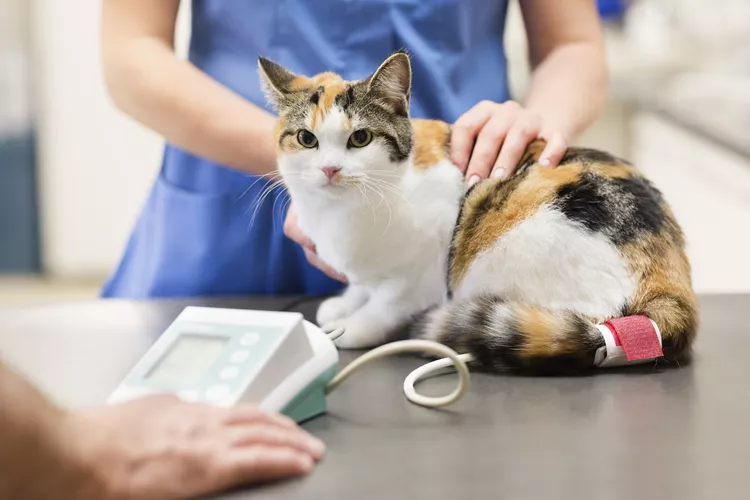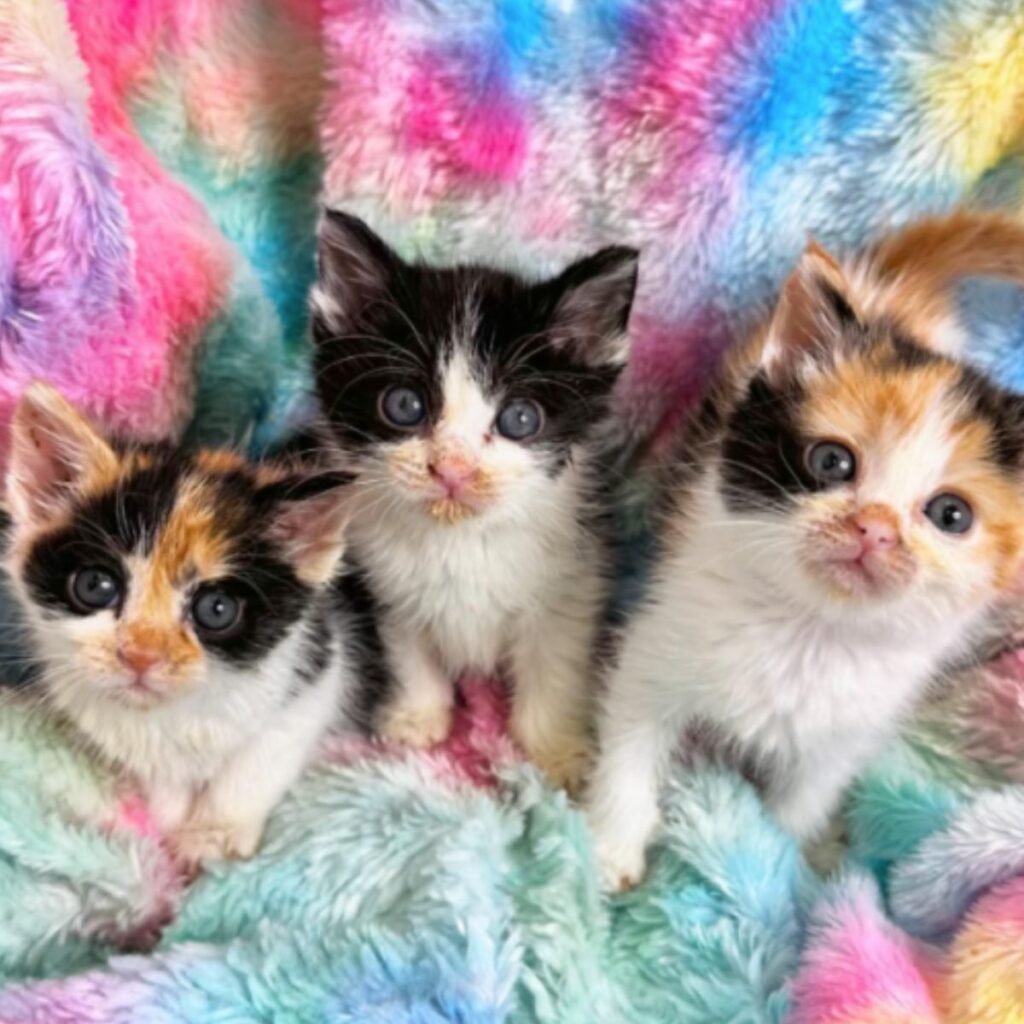Any prospective dog owner must choose a dog to fit in with their lifestyle. If you’re elderly or disabled, it’s no good having a large, boisterous breed that needs walkies three times a day.
Likewise, if you are an active person and plan on long walks or runs, don’t go for a small dog with short legs, which may not be able to keep up with you.
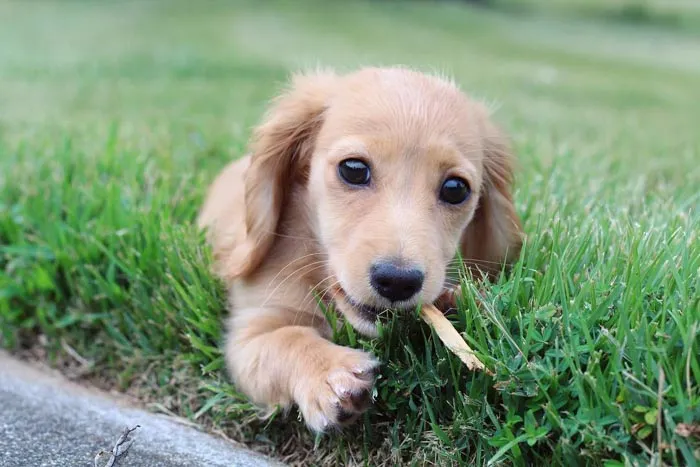
Think about how big the puppy will grow – do you have space? Do you have a garden, or will you need to take the puppy to a local dog-walking area to do its business?
Can you afford vets fees, dog food, obedience classes? All these factors should be taken into account to help you decide which breed to go for.
FINDING A PUPPY
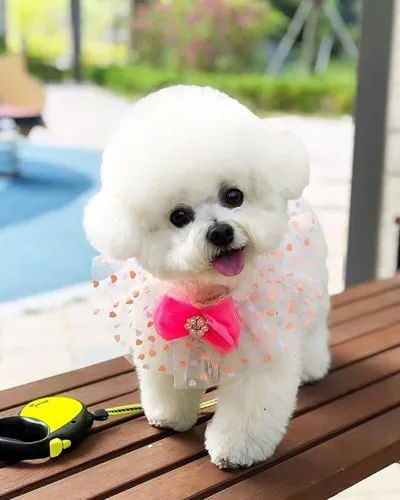
If you are sure you can provide a dog with the love, care and attention it deserves, and have decided on a breed to suit you and your family, you can begin searching for the perfect pup.
Scour your local newspapers and shop windows, often a dog owner will advertise puppies for sale here.
Alternatively, there are registered websites that act as an online newspaper and list puppies for sale by region.
It’s better trying to find one close to your home as a long journey will be distressing to a young puppy who has just left the comfort of the litter.
Once you have found a breeder who has a promising litter, arrange to visit. Avoid the temptation of taking the whole family if possible – the owner may resent the intrusion, and the puppies and mother dog may become distressed.
CHOOSING A PUPPY

When you arrive at the breeder’s home and view the litter, don’t pick up any puppies straight away.
Stand at a distance and observe them for a while; see how they play, fight, and interact with each other.
Ideally, your puppy should show interest in its littermates, and show eagerness to play without being too aggressive.
Approach the puppies after a while, and see which ones show interest in you.
Hold your hand out to the pups; do they nibble, lick or sniff? All are signs of curiosity and are good signs in a pup.
It very gently tugs a pup’s tail and saw how it reacts; if it snaps or whines, it could be problematic.
Go for the pup, which looks around interested but doesn’t fight or struggle to getaway.
When you pick up your chosen puppy, it shouldn’t cower or seem scared, but look eager for your attention.
BRINGING YOUR PUPPY HOME
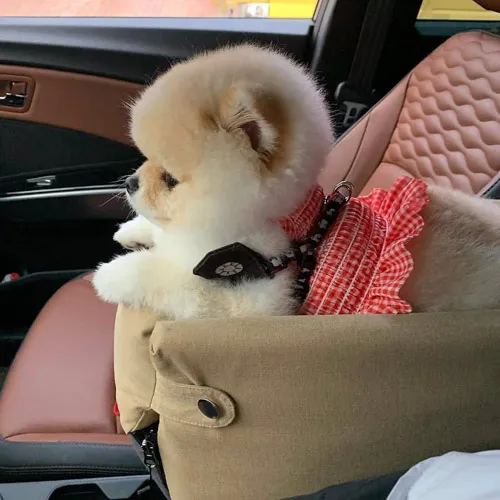
You may want to keep your puppy in a cardboard box while in the car; this will make it feel more secure, and it will avoid any accidents making a mess of your upholstery!
If you have any other pets, keep them out of the way when you first take your puppy inside.
You can introduce them at a later time when your puppy has got used to the new surroundings.
Your puppy’s bed should be soft and warm, with plenty of blankets to snuggle into.
Place some newspaper close to the bedding area so it can ‘go’ in the night, and try to keep the pup in one room – don’t let it wander the house right away.
Check the room your puppy will be sleeping in; anything is a chew toy to a pup, so all valuables, wires, and anything dangerous or toxic should be put out of the reach of tiny teeth.
PUPPY SETTLES IN
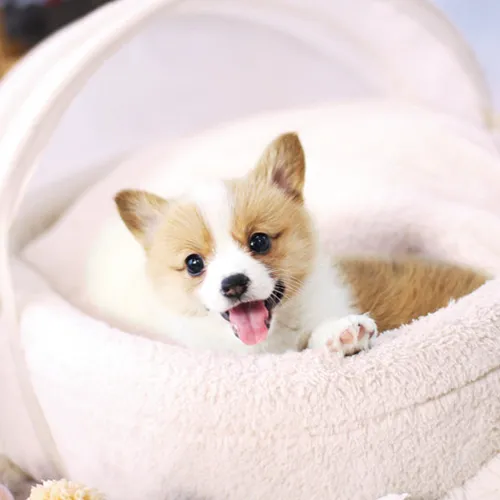
Once your pup has familiarised itself with its new home, you can begin introducing it to the rest of the family.
Any other pets should be allowed to sniff the puppy and vice versa. If you think there may be fights, be prepared to keep them separate.
If you have an older dog or cat, they might not take kindly to a young, enthusiastic furry bundle, so be patient and don’t leave them alone together until you are sure they’re used to each other.
Children should be similarly supervised – if youngsters torment a pup, it could grow up scared of humans or, worse, grow up aggressive.
Allow the child to stroke and play with the pup but never to pull its ears or tail, and don’t let a small child pick the puppy up and walk around with it.
Children should be told to wash their hands after playing with the puppy, especially before meals.
Allow your puppy, with supervision, to explore the whole house and limit the sleeping area to a single spot.
Keep the newspaper in this area and if you find any ‘presents’ on the floor, transfer them to this newspaper, so the puppy understands what it’s for.
PUPPY TRAINING

Toilet training a puppy takes patience and consistency. Decide in advance where your puppy’s toilet will be and stick to this once the pup comes home.
Using the newspaper by the bed will give you a good start; once it gets used to going on the paper, gradually move it closer to the door every day or so.
Eventually, you can put the paper outside and, finally, stop using it altogether.
If the puppy slips up after starting to go outside, never punish or rub its nose in it as it won’t understand.
Just clear up the mess and perhaps use a puppy repellent spray in that area to avoid the same accident.
With trial and error, your puppy will learn to hold it’s bladder until it’s outside.
You can try using a buzz word each time your puppy ‘goes’ outside, something like ‘go now’ or ‘toilet,‘ which it will begin to associate with doing its business.
Eventually, you can use this word to make the dog go when you want it to; useful if you’re about to go for a long car ride and want it to ‘go’ before you set off.
A HEALTHY PUP IS A HAPPY PUP
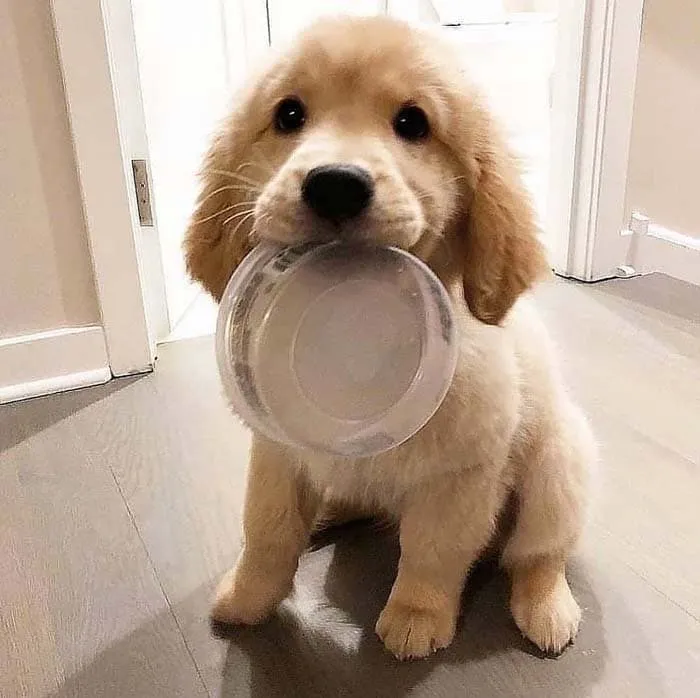
Never give a puppy adult dog food. Puppy food has a higher concentrate of vitamins and calories vital to a growing dog.
Use an online price checker to find good, inexpensive food, especially for puppies.
Brands such as Wagg offer affordable dog and puppy food full of nutritional needs for furry friends of all ages.

